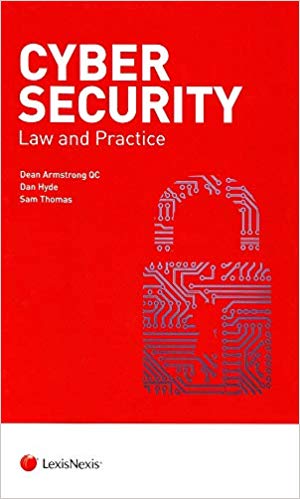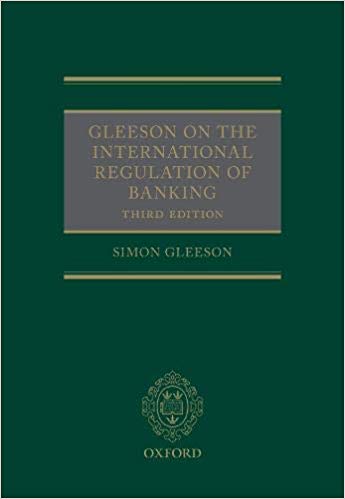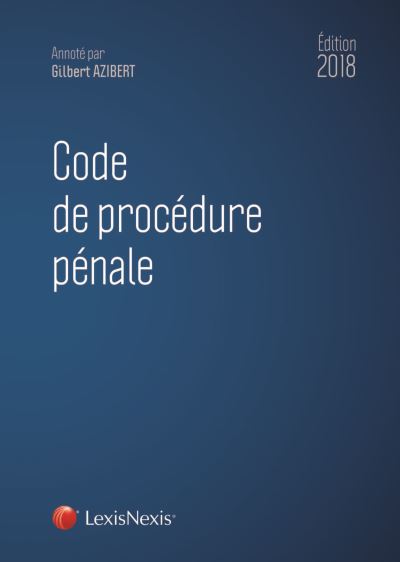Description
No other book offers a single, complete, and current reference source on non-literal copying of computer software.
Comparative approach offers detailed analysis of legal provisions across the US, EU, and UK.
Topical discussion of issues recently addressed in high instance courts which will remain at the heart of the copyright debate surrounding computer software.
Offers guidance on adjusting legal protection to a range of software license models, including traditional types such as shrinkwrap, clickwrap, and browsewrap, as well as newer cloud infrastructure.
Focuses on applicability of trade marks and trade dress protection to software’s “look and feel”, which is increasingly crucial as providers move into a cloud environment.
Although the law on infringement is relatively straightforward in relation to the
copying of literal and textual elements of software, it is the copying of non-literal
and functional elements that poses complex and topical questions in the context
of intellectual property (IP) protection. In many cases, it is these non-literal and
functional elements that contain the real value of a software product. This book
concerns the copying of non-literal and functional elements of software in both
the United States and European Union, using a holistic approach to address the
most topical questions facing experts concerned with legal protection of software
products across a range of technological platforms.
The book focuses on six distinct but interrelated areas: contract, copyright, patents,
trade-dress, designs and trade secrets, discussing these areas separately and in
relation to one another. The book discusses software as a multilayered functional
product, setting the scene for other legal discussions by highlighting software’s
unique characteristics. It examines models for the provision of software, addressing
licensing patterns and overall enforceability, as well as the statutory and judicial
tools for regulating the use of such licences. It assesses the protection of non-literal
and functional software elements under EU and US laws, focusing on internal
architecture, interfaces, behavioural elements and GUIs.






